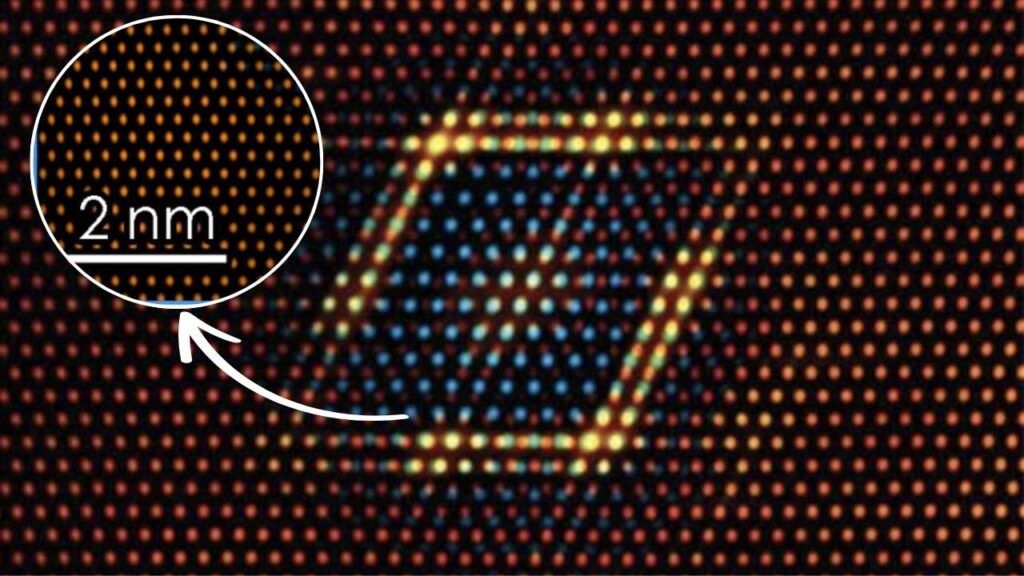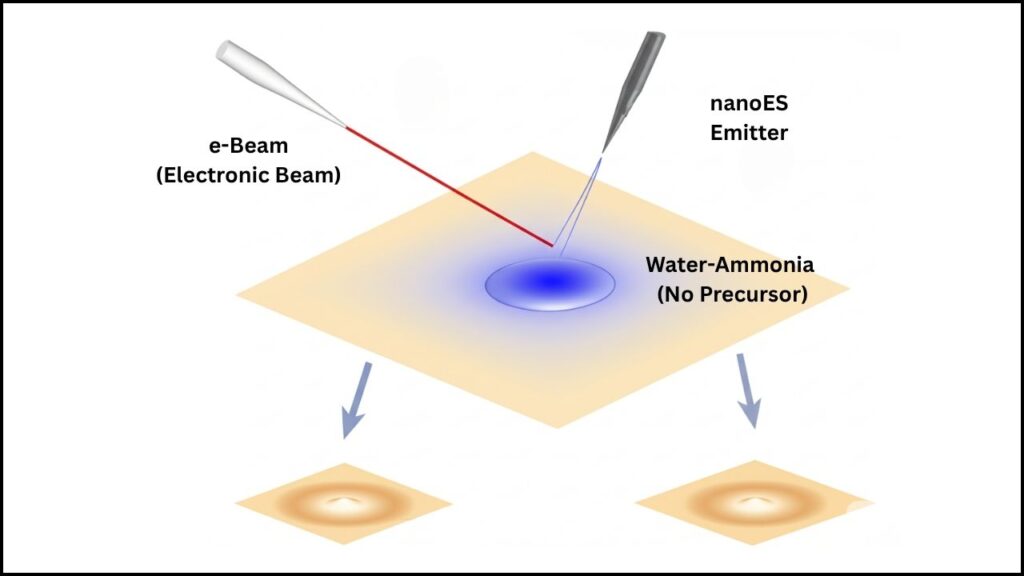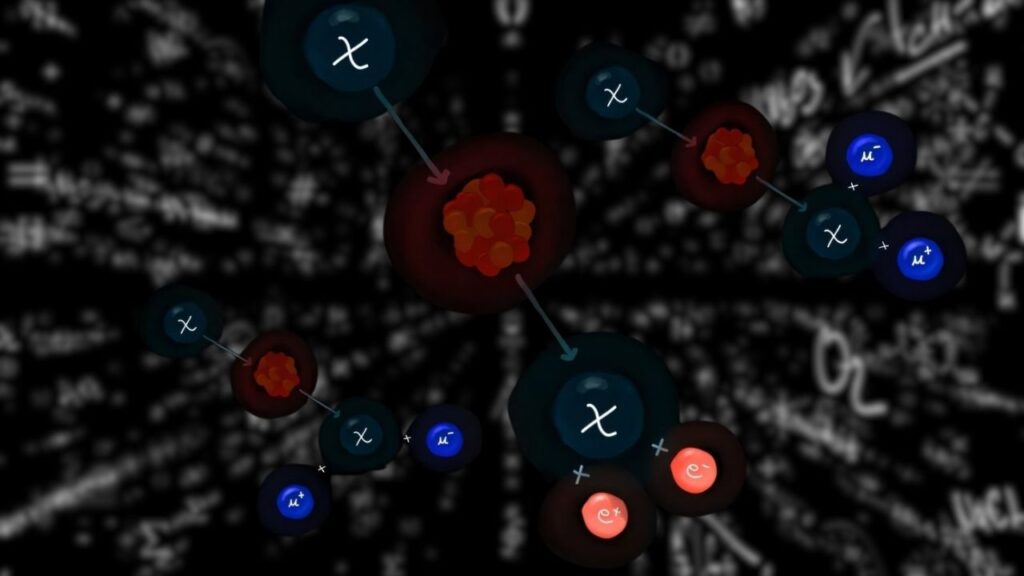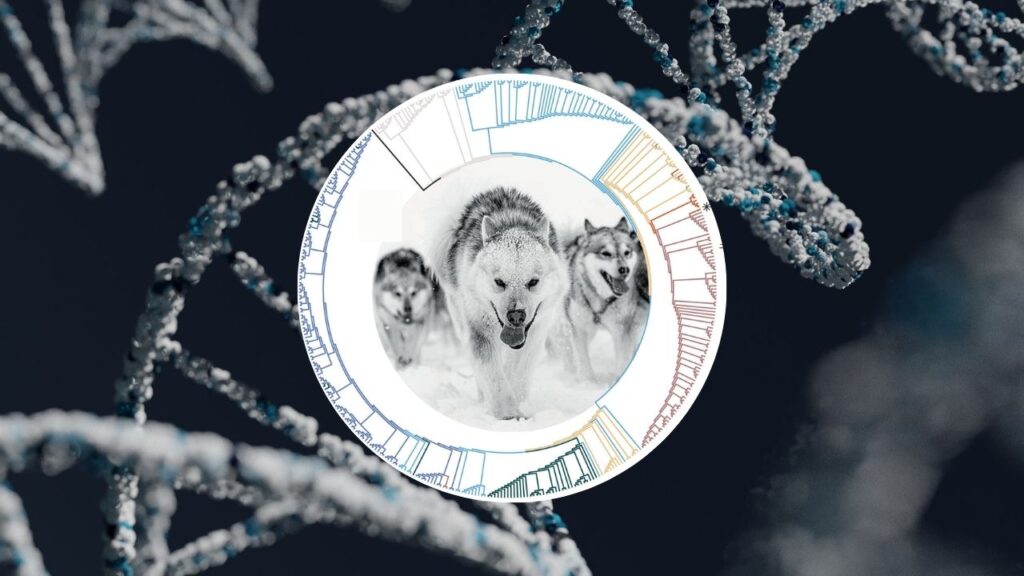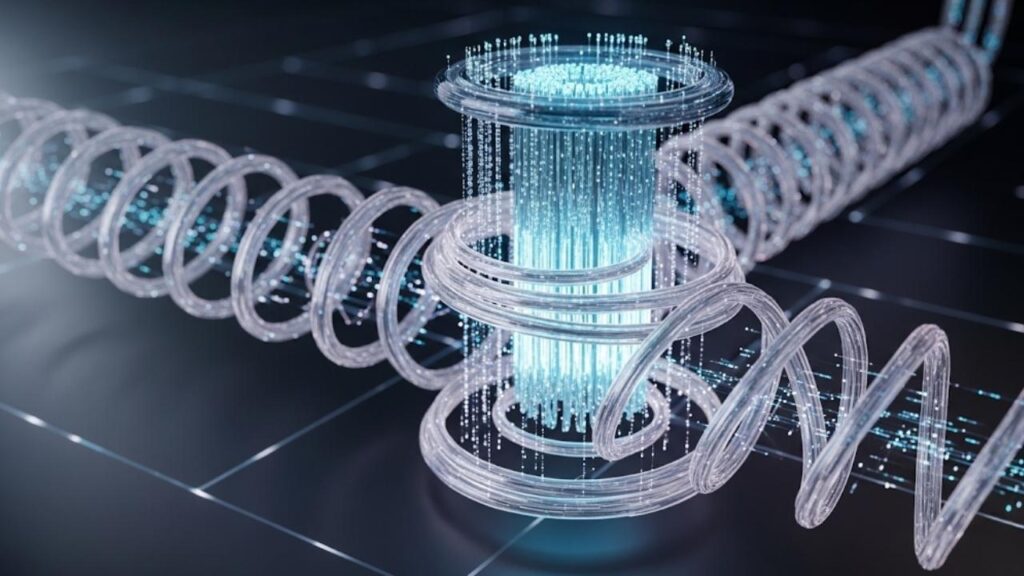Imagine a world where every clock—whether in your home, on a satellite, or deep inside a research lab—is perfectly synchronized, not just by radio signals, but by the strange and wonderful rules of quantum physics. This is the promise of quantum clock networks, a technology that could change how we keep time, navigate, communicate, and even explore the universe.
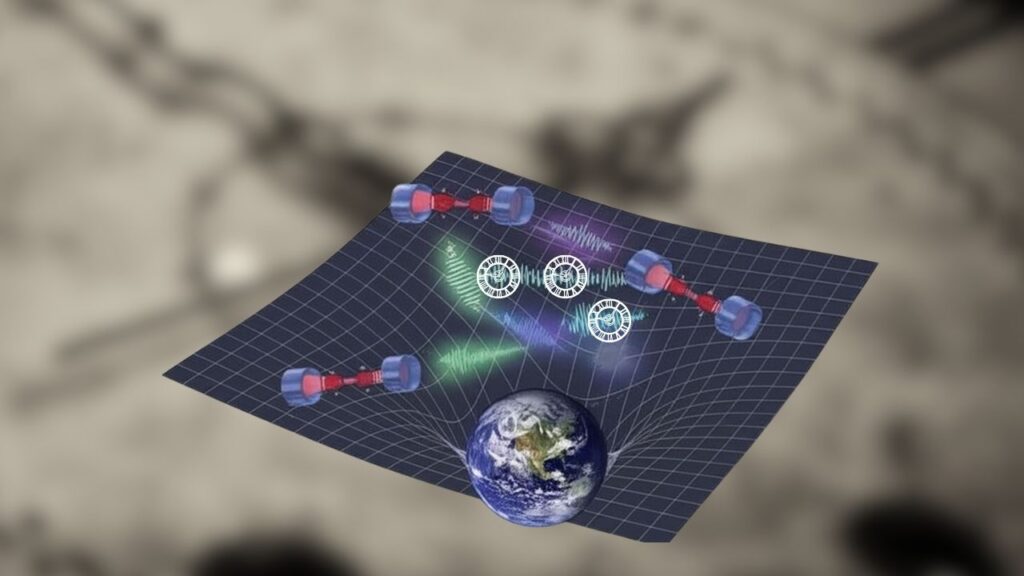
For most of us, clocks are just tools that help us get to school or work on time. But for scientists, engineers, and governments, clocks are the invisible backbone of modern life. From GPS navigation to internet security, and from scientific experiments to stock trading, precise timekeeping is essential. Today’s best atomic clocks are already amazingly accurate, but quantum clock networks could make them even better—by connecting them in a way that harnesses the power of quantum entanglement.
Table of Contents
Quantum Clock Networks
| Feature | Quantum Clock Networks | Traditional Atomic Clocks |
|---|---|---|
| Accuracy | Parts-per-quintillion (10⁻¹⁸) or better, thanks to entanglement and network averaging | Parts-per-quadrillion (10⁻¹⁵) for best optical clocks |
| Synchronization | Real-time, global, and ultra-secure via quantum entanglement | Monthly averaging by international organizations |
| Security | Inherently secure against eavesdropping and sabotage due to quantum communication protocols | Vulnerable to cyberattacks and signal jamming |
| Applications | Fundamental physics tests, global navigation, secure communications, scientific research | GPS, telecommunications, scientific standards |
| Professional Impact | New careers in quantum metrology, network engineering, and fundamental physics research | Established careers in timekeeping and metrology |
Quantum clock networks represent a thrilling frontier in science and technology. By harnessing the strange power of quantum entanglement, these networks promise to deliver timekeeping that is not only unimaginably precise, but also globally synchronized and ultra-secure. They could revolutionize navigation, communications, and scientific research, while also opening up new career paths in the quantum economy.
But perhaps most exciting of all, quantum clock networks could help us answer some of the deepest questions in physics, exploring the mysterious connection between the quantum world and the fabric of spacetime itself. As we stand on the brink of this new era, one thing is clear: the future of timekeeping is quantum, and it’s arriving faster than you might think.
How Do Quantum Clocks Work? A Simple Explanation
Atomic clocks are the most accurate clocks we have today. They work by counting the vibrations of atoms—like cesium or strontium—as they jump between energy levels. Each “tick” is incredibly regular, so atomic clocks can keep time with mind-boggling precision.
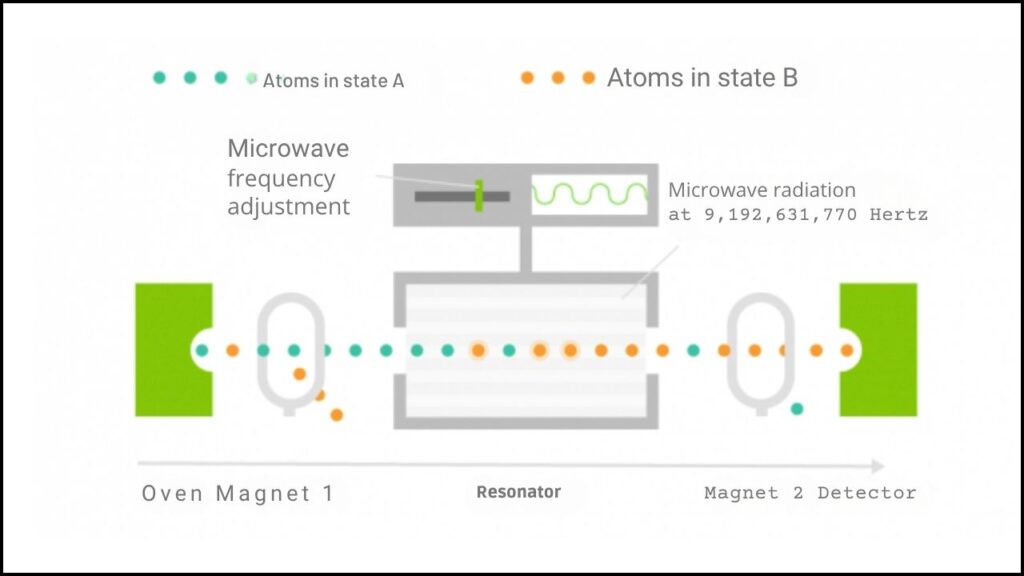
Quantum clocks take this a step further by linking many atoms together using quantum entanglement. This is a special kind of connection where what happens to one atom instantly affects another, no matter how far apart they are. By entangling atoms in different clocks, scientists can create a network where all the clocks “feel” each other’s ticks, making the whole system much more accurate and stable than any single clock could be.
What Is a Quantum Clock Network?
A quantum clock network is a group of atomic clocks, each in a different location—maybe in a lab, on a mountain, or even on a satellite—connected by quantum entanglement. When you measure the time at one clock, you’re not just reading that clock; you’re tapping into the combined power of the entire network. This lets the network correct tiny errors in any single clock, making the whole system far more precise than any one clock could be on its own.
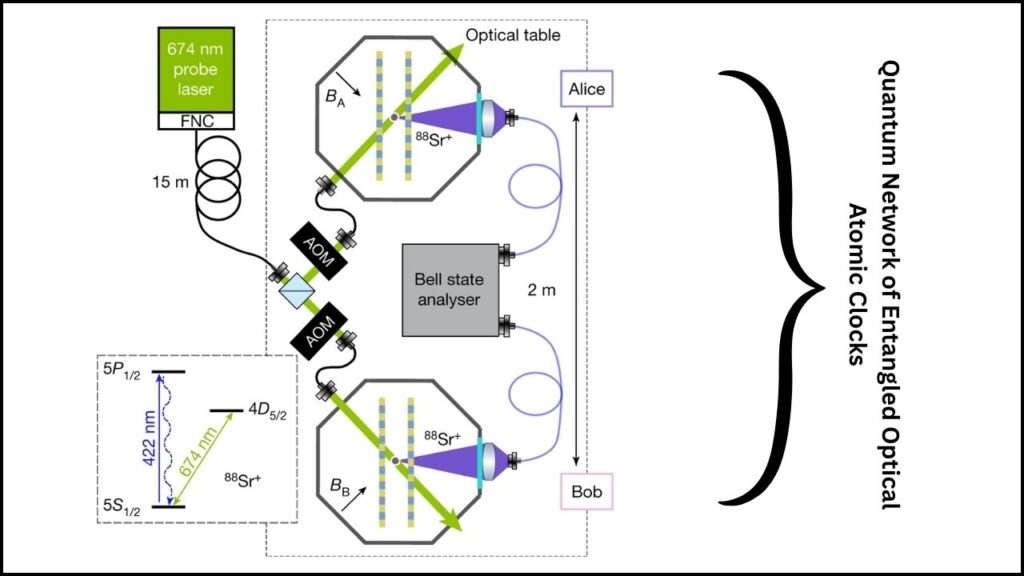
Why Do We Need Quantum Clock Networks?
Ultra-Precise Timekeeping
Right now, the world’s official time is set by averaging hundreds of atomic clocks once a month. This is accurate, but it’s not instant, and it’s not as precise as it could be. A quantum clock network would give us a real-time world clock, synchronized instantly across the planet, with accuracy limited only by the laws of quantum physics. This would make GPS navigation, financial trading, and scientific research much more reliable.
Unbreakable Security
Quantum networks are also incredibly secure. Because of quantum entanglement, any attempt to eavesdrop on the network would be immediately detected. This makes quantum clock networks not just more accurate, but also much harder to hack—a critical feature for national security, banking, and communications.
Testing the Laws of Physics
Perhaps most excitingly, quantum clock networks could help us test the very foundations of physics. By comparing clocks in different gravitational fields—for example, one on Earth and one on a satellite—scientists could probe the connection between quantum mechanics and Einstein’s theory of relativity. This could help answer some of the biggest questions in science, like how gravity works at the quantum level, or whether spacetime itself is “quantum.”
How Does a Quantum Clock Network Actually Work? A Step-by-Step Guide
1. Building the Network
- Nodes: The network is made up of “nodes”—each node is an atomic clock in a different place. These could be in labs, on mountaintops, or on satellites.
- Qubits: Each clock has many atoms (qubits) that act as the “pendulum” of the clock. Some of these qubits are used to keep local time, while others are used to create entangled states with qubits at other nodes.
- Quantum Channels: The nodes are connected by special “quantum channels” that can transmit entangled particles between them.
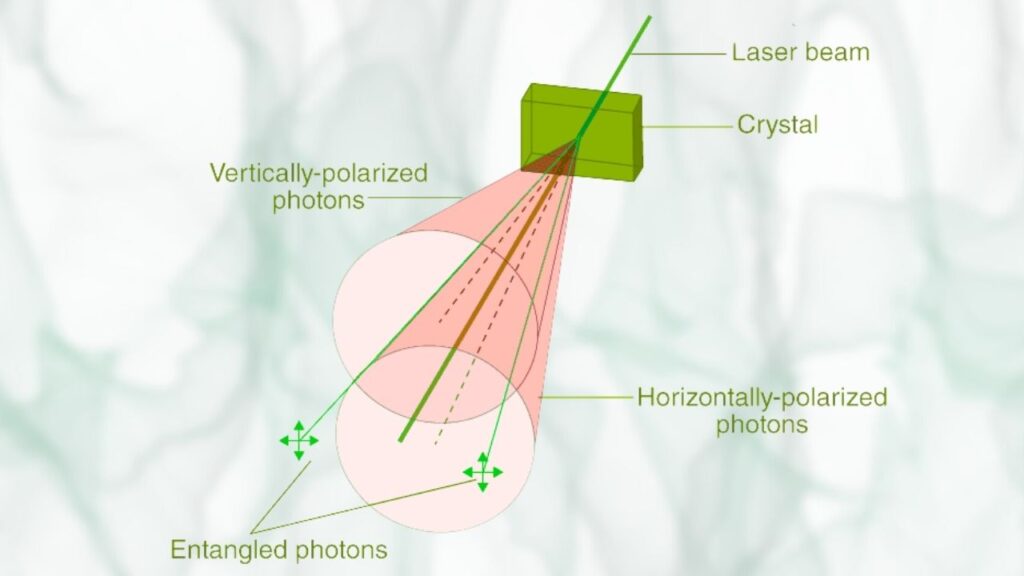
2. Synchronizing the Clocks
- Entanglement: The network creates entangled states that stretch across all the nodes. This means that a measurement at one node instantly affects the state at all the others.
- Measurement: Each node periodically measures its qubits and shares the results. Because of entanglement, these measurements are much more precise than they would be if each clock worked alone.
- Correction: The network uses these measurements to correct any tiny errors in the individual clocks, keeping the whole system in perfect sync in real time.
3. Using the Network
- Time Distribution: Once synchronized, the network can distribute ultra-precise time signals to anyone who needs them—governments, scientists, banks, or even your smartphone.
- Security: Because the network uses quantum communication, it’s extremely secure. Any attempt to interfere with the signals would be immediately obvious.
- Science: Scientists can use the network to perform experiments that test the limits of physics, like comparing clocks in different gravitational fields to study the interplay between quantum mechanics and relativity.
Real-World Examples and Applications
Global Navigation
Today’s GPS relies on atomic clocks on satellites to tell your phone exactly where you are. But if those clocks drift by even a microsecond, your location could be off by hundreds of meters. A quantum clock network would make GPS and other navigation systems vastly more accurate and reliable.
Secure Communications
Banks, governments, and military organizations need ultra-secure ways to communicate. Quantum networks are inherently secure because any attempt to intercept the signal would disturb the quantum state, alerting the users to the breach.
Scientific Discovery
By placing clocks in different gravitational environments—say, one on Earth and one on the International Space Station—scientists could test whether time really does run slower in stronger gravity, as Einstein predicted, and whether quantum mechanics changes in curved spacetime. This could lead to breakthroughs in our understanding of the universe.
Quantum Scientists Propose New ‘Zeroth Law’ of Entanglement That May Reshape Physics
Real-Time Simulations Now Unravel Complex Quantum Dynamics With Greater Clarity
Quantum Mechanics Powers World’s Most Random Number Generator—Here’s Why It Matters
FAQs About Quantum Clock Networks
What is quantum entanglement?
Quantum entanglement is a phenomenon where two or more particles become linked in such a way that the state of one instantly influences the state of the other, no matter how far apart they are. This is the key to the security and precision of quantum clock networks.
How accurate are quantum clock networks?
The best quantum clocks today are accurate to within a few parts in 10¹⁸—that’s like measuring the age of the universe to within a second. Quantum clock networks could be even more precise, thanks to the power of entanglement and network averaging.
Are quantum clock networks secure?
Yes, quantum networks are inherently secure because any attempt to eavesdrop on the quantum signals would disturb the entangled state, making the intrusion immediately detectable.
When will quantum clock networks be available?
Quantum clock networks are still in the research and development phase, but rapid advances in quantum technology mean they could become a reality within the next decade.
What careers are there in quantum clock networks?
This field is creating new opportunities in quantum physics, metrology, network engineering, and cybersecurity. Professionals with skills in these areas will be in high demand as quantum networks become mainstream.
